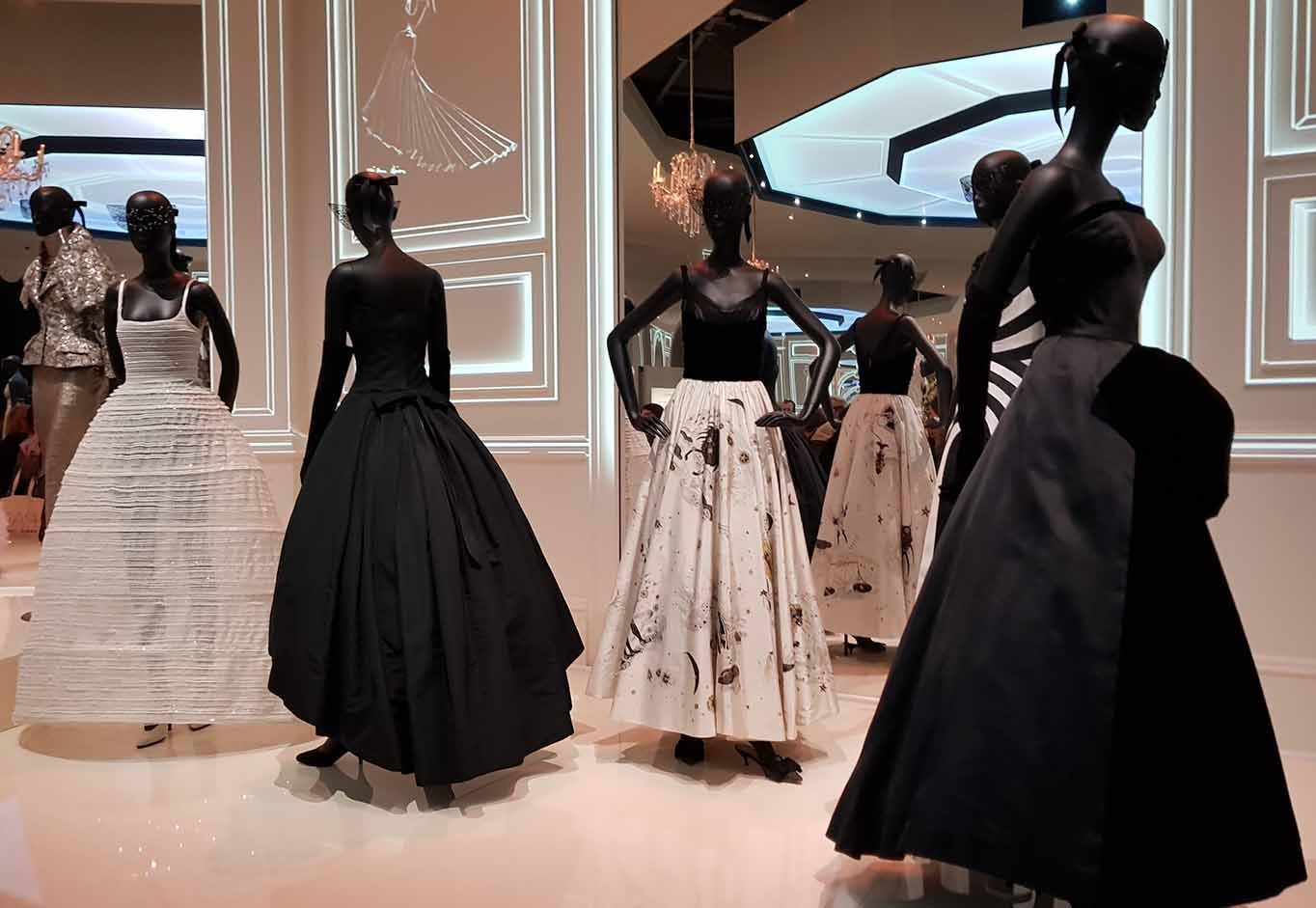Regency era dresses are an epitome of elegance, grace, and sophistication. Defined by their empire waistlines, flowing silhouettes, and delicate details, these dresses reflect the fashion sensibilities of the early 19th century Regency period. In this article, we delve into the exquisite world of Regency era dresses, exploring their historical significance, key features, and enduring allure.
The Historical Context of Regency Era Dresses
Regency era dresses emerged during the early 19th century, coinciding with the Regency period in Britain, which lasted from 1811 to 1820. This period was marked by the regency of Prince George IV, who ruled as Prince Regent during the illness of his father, King George III.
Influence of Neoclassical Aesthetics
The fashion of the Regency era was heavily influenced by neoclassical aesthetics, inspired by the art and architecture of ancient Greece and Rome. Dresses featured empire waistlines, flowing skirts, and columnar silhouettes, reflecting the classical ideals of beauty and grace.
Shift in Fashion Trends
The Regency era saw a significant shift in fashion trends, moving away from the elaborate and structured styles of the Georgian era towards simpler, more lightweight garments. Regency era dresses were designed to be comfortable, practical, and suitable for the active lifestyles of women during this period.
Key Features of Regency Era Dresses
Regency era dresses are characterized by their distinctive features and design elements, which set them apart from other historical fashion styles.
Empire Waistlines
One of the most defining features of Regency era dresses is the empire waistline, which sits just below the bust and creates a high-waisted silhouette. This design accentuates the natural waist and elongates the figure, creating an elegant and graceful appearance.
Flowing Silhouettes
Regency era dresses are known for their flowing and unstructured silhouettes, which drape softly over the body without constricting movement. The skirts are typically long and voluminous, cascading to the floor in graceful folds and pleats.
Delicate Details
Regency era dresses are adorned with delicate details and embellishments, such as lace trims, embroidery, and ruffles. These intricate decorations add texture and visual interest to the garments, enhancing their overall beauty and refinement.
Types of Regency Era Dresses
Regency era dresses encompass a variety of styles and silhouettes, each reflecting the fashion trends and preferences of the period.
Day Dresses
Day dresses were worn for everyday activities and social engagements, featuring lightweight fabrics and simple designs. These dresses were often made from cotton or muslin and were characterized by their practicality and comfort.
Evening Gowns
Evening gowns were reserved for more formal occasions and were typically made from more luxurious fabrics such as silk, satin, or velvet. These dresses featured elaborate embellishments and were often styled with accessories such as shawls, gloves, and jewelry.
Fabrics and Colors of Regency Era Dresses
The choice of fabrics and colors played a significant role in defining the elegance and sophistication of Regency era dresses.
Fabrics
Regency era dresses were crafted from a variety of fabrics, including lightweight cotton, sheer muslin, silk, satin, and velvet. These fabrics were chosen for their softness, drape, and luxurious feel, enhancing the overall beauty of the garments.
Colors
The color palette of Regency era dresses was influenced by the natural world and reflected the prevailing aesthetic sensibilities of the period. Soft pastel shades such as pale blue, blush pink, lavender, and ivory were popular choices for day dresses, while richer hues such as emerald green, ruby red, and sapphire blue were favored for evening gowns.
Enduring Legacy of Regency Era Dresses
Despite being a product of a bygone era, Regency era dresses continue to inspire and captivate contemporary fashion enthusiasts and designers.
Influence on Modern Fashion
The influence of Regency era dresses can be seen in modern fashion trends, with designers drawing inspiration from their elegant silhouettes, delicate details, and timeless appeal. Elements of Regency fashion often appear in bridal wear, evening gowns, and haute couture collections, paying homage to the enduring legacy of this iconic period in fashion history.
Cultural Impact
Regency era dresses have also made a significant impact on popular culture, thanks in part to their portrayal in literature, film, and television adaptations of classic novels such as Jane Austen’s “Pride and Prejudice” and “Sense and Sensibility.” These iconic dresses continue to evoke a sense of romance, refinement, and nostalgia, capturing the imagination of audiences around the world.
Conclusion:
Regency era dresses represent a pinnacle of elegance, grace, and sophistication, embodying the fashion sensibilities of the early 19th century Regency period. Defined by their empire waistlines, flowing silhouettes, and delicate details, these dresses continue to inspire and captivate audiences with their timeless beauty and enduring allure. As we explore the exquisite world of Regency era dresses, we are reminded of the rich cultural heritage and artistic legacy of this iconic period in fashion history.
